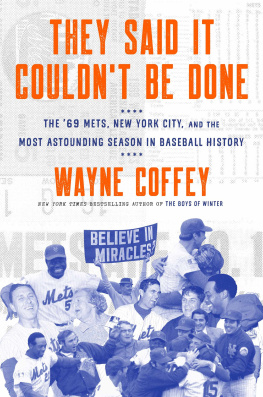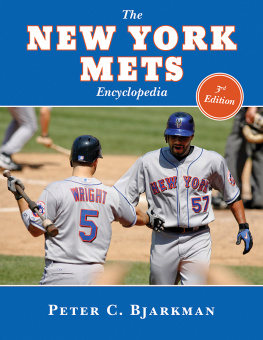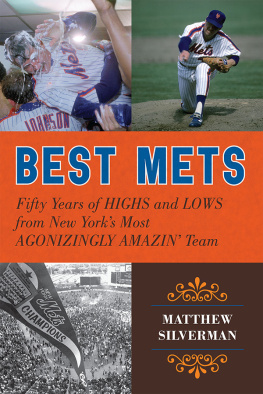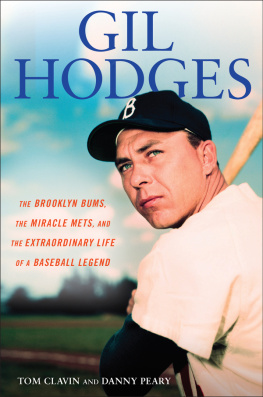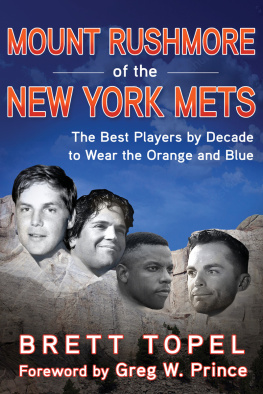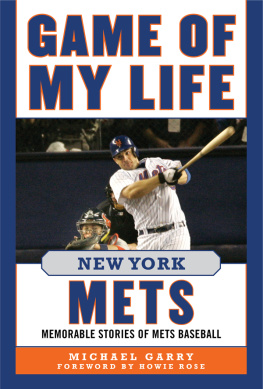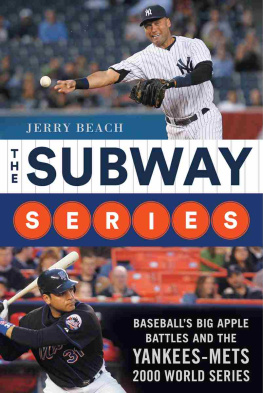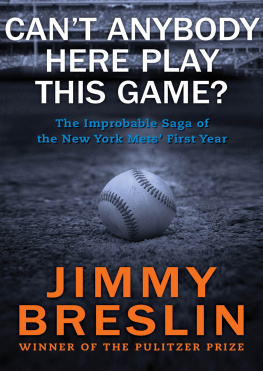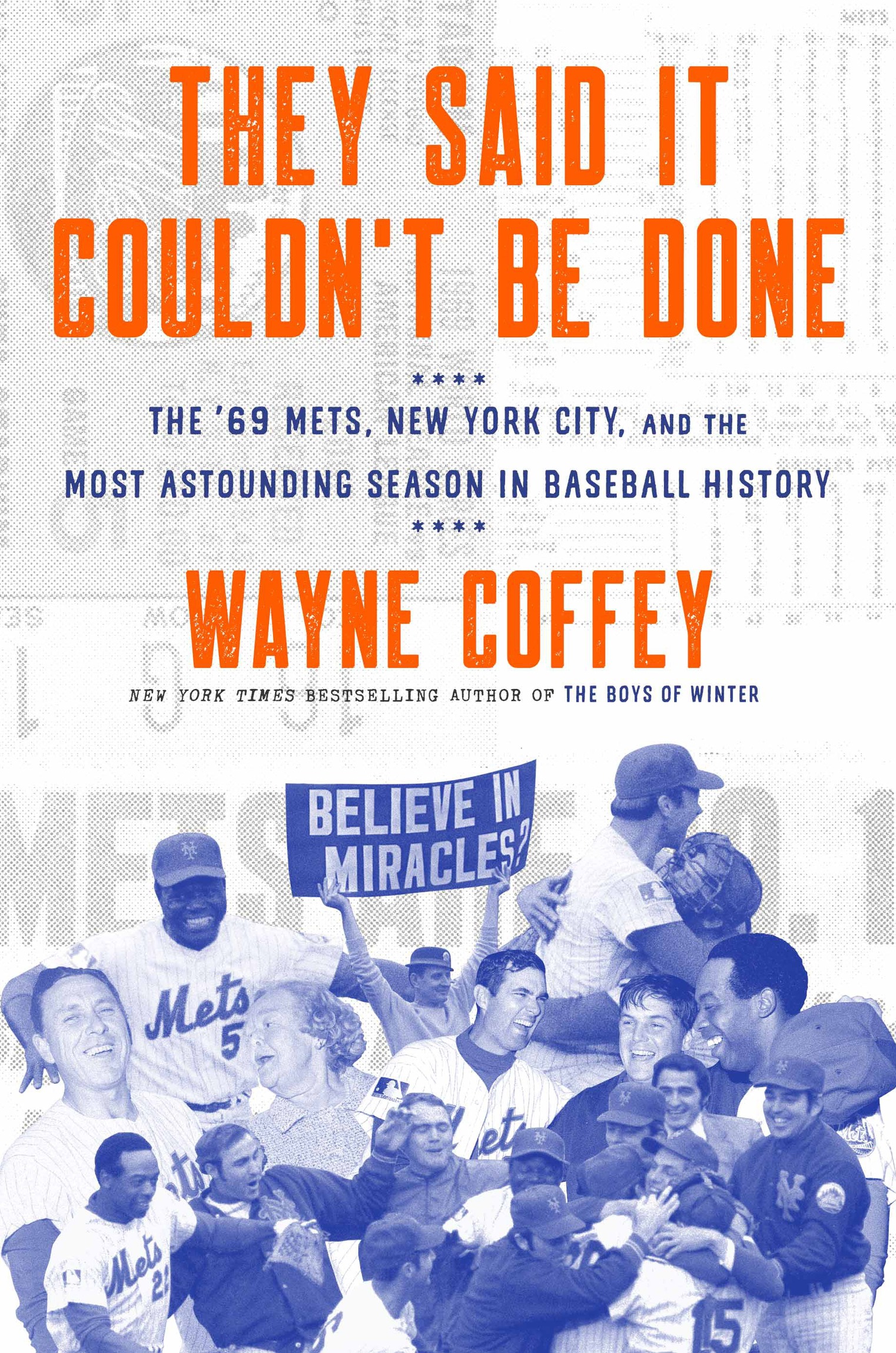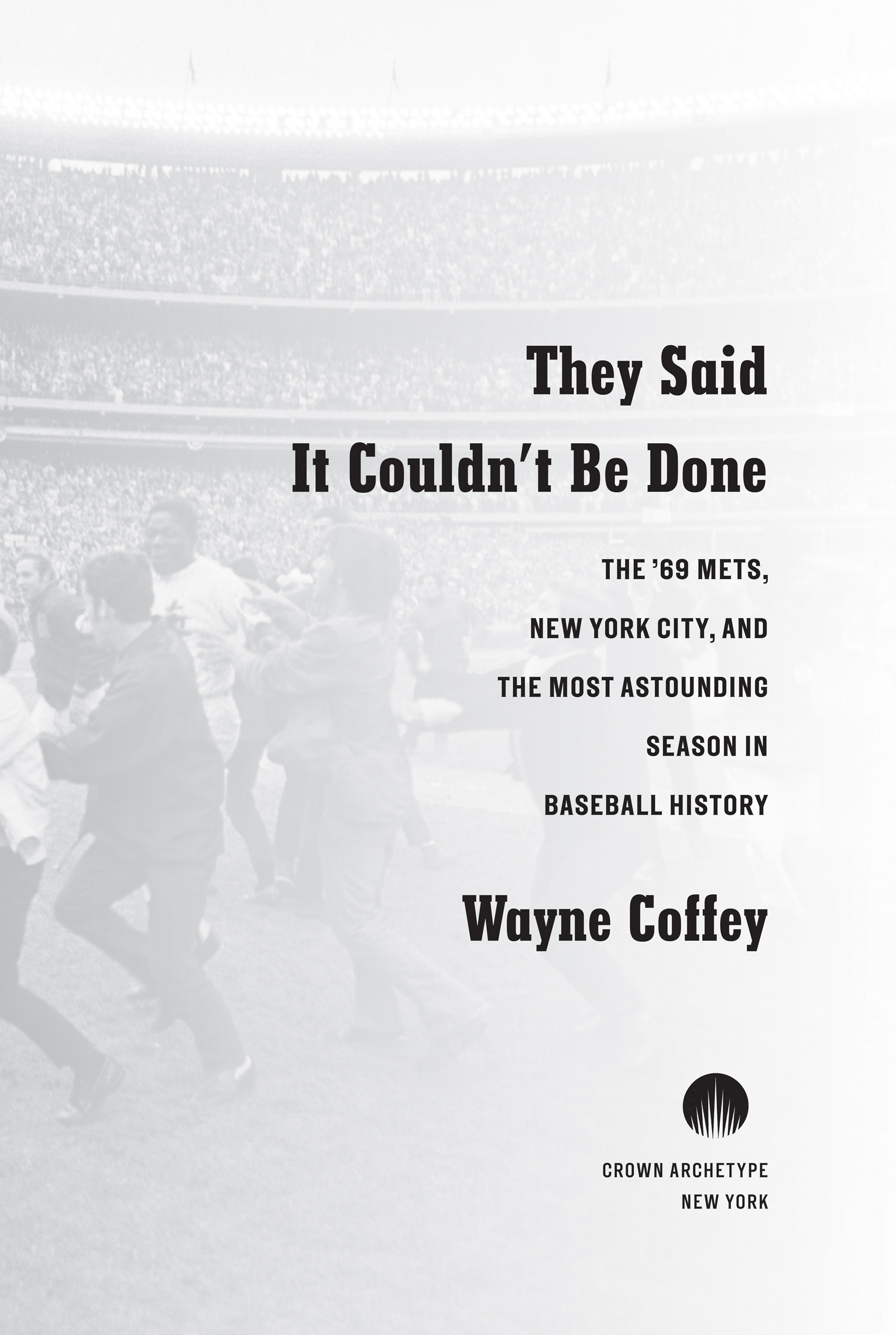Wayne Coffey - They Said It Couldn’t Be Done: The ’69 Mets, New York City, and the Most Astounding Season in Baseball History
Here you can read online Wayne Coffey - They Said It Couldn’t Be Done: The ’69 Mets, New York City, and the Most Astounding Season in Baseball History full text of the book (entire story) in english for free. Download pdf and epub, get meaning, cover and reviews about this ebook. year: 2019, publisher: Crown Archetype, genre: Science. Description of the work, (preface) as well as reviews are available. Best literature library LitArk.com created for fans of good reading and offers a wide selection of genres:
Romance novel
Science fiction
Adventure
Detective
Science
History
Home and family
Prose
Art
Politics
Computer
Non-fiction
Religion
Business
Children
Humor
Choose a favorite category and find really read worthwhile books. Enjoy immersion in the world of imagination, feel the emotions of the characters or learn something new for yourself, make an fascinating discovery.
- Book:They Said It Couldn’t Be Done: The ’69 Mets, New York City, and the Most Astounding Season in Baseball History
- Author:
- Publisher:Crown Archetype
- Genre:
- Year:2019
- Rating:4 / 5
- Favourites:Add to favourites
- Your mark:
They Said It Couldn’t Be Done: The ’69 Mets, New York City, and the Most Astounding Season in Baseball History: summary, description and annotation
We offer to read an annotation, description, summary or preface (depends on what the author of the book "They Said It Couldn’t Be Done: The ’69 Mets, New York City, and the Most Astounding Season in Baseball History" wrote himself). If you haven't found the necessary information about the book — write in the comments, we will try to find it.
In 1962, the New York Mets spent their first year in existence racking up the worst record in baseball history. Things scarcely got any better for the ensuing six years--they were baseballs laughingstock, but somehow lovable in their ineptitude, building a fiercely loyal fan base. And then came 1969, a year that brought the lunar landing, Woodstock, nonstop antiwar protests, and the most tumultuous and fractious New York City mayoral race in memory--along with the most improbable season in the annals of Major League Baseball. It concluded on an invigorating autumn afternoon in Queens, when a Minnesota farm boy named Jerry Koosman beat the Baltimore Orioles for the second time in five games, making the Mets champions of the baseball world.
It wasnt merely an upset but an unprecedented, uplifting achievement for the ages. From the ashes of those early scorched-earth seasons, Gil Hodges, a beloved former Brooklyn Dodger, put together a 25-man whole that was vastly more formidable than the sum of its parts. Beyond the top-notch pitching staff headlined by Tom Seaver, Koosman, and Gary Gentry, and the hitting prowess of Cleon Jones, the Mets were mostly comprised of untested kids and lightly regarded veterans. Everywhere you looked on this team, there was a man with a compelling backstory, from Koosman, who never played high school baseball and grew up throwing in a hayloft in subzero temperatures with his brother Orville, to third baseman Ed Charles, an African-American poet with a deep racial conscience whose arrival in the big leagues was delayed almost a decade because of the color of his skin.
In the tradition ofThe Boys of Winter, his classic bestseller about the 1980 U.S. mens Olympic hockey team, Wayne Coffey tells the story of the 69 Mets as it has never been told before--against the backdrop of the space race, Stonewall, and Vietnam, set in an ever-changing New York City. With dogged reporting and a storytellers eye for detail, Coffey finds the beating heart of a baseball family. Published to commemorate the 50th anniversary of the Mets remarkable transformation from worst to best,They Said It Couldnt Be Doneis a spellbinding, feel-good narrative about an improbable triumph by the ultimate underdog.
Wayne Coffey: author's other books
Who wrote They Said It Couldn’t Be Done: The ’69 Mets, New York City, and the Most Astounding Season in Baseball History? Find out the surname, the name of the author of the book and a list of all author's works by series.

